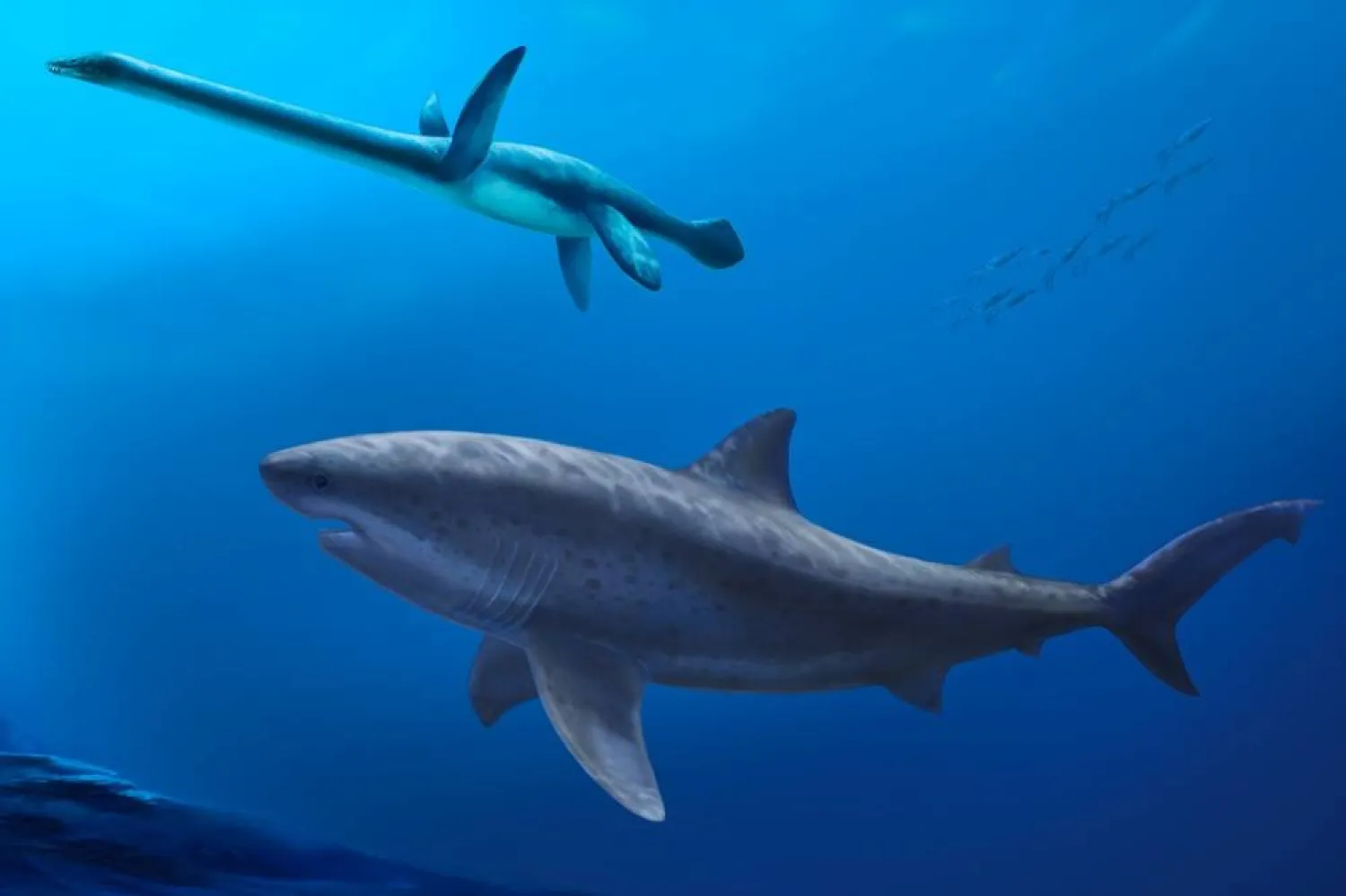Mexican President Claudia Sheinbaum said Thursday that her government wouldn't rule out filing a civil lawsuit against Google if it maintains its stance of calling the stretch of sea between northeastern Mexico and the southeastern United States the "Gulf of America."
The area, long named the Gulf of Mexico across the world, has gained a geopolitical spotlight after President Donald Trump declared he would change the Gulf's name.
Sheinbaum, in her morning news conference, said the president's decree is restricted to the "continental shelf of the United States" because Mexico still controls much of the Gulf. "We have sovereignty over our continental shelf," she said.
Sheinbaum said that despite the fact that her government sent a letter to Google saying that the company was "wrong" and that "the entire Gulf of Mexico cannot be called the Gulf of America," the company has insisted on maintaining the nomenclature.
It was not immediately clear where such a suit would be filed.
Google reported last month on its X account, formerly Twitter, that it maintains a "long-standing practice of applying name changes when they have been updated in official government sources."
As of Thursday, how the Gulf appeared on Google Maps was dependent on the user's location and other data. If the user is in the United States, the body of water appeared as Gulf of America. If the user was physically in Mexico, it would appear as the Gulf of Mexico. In many other countries across the world it appears as "Gulf of Mexico (Gulf of America)."
Sheinbaum has repeatedly defended the name Gulf of Mexico, saying its use dates to 1607 and is recognized by the United Nations.
She has also mentioned that, according to the constitution of Apatzingán, the antecedent to Mexico’s first constitution, the North American territory was previously identified as "Mexican America". Sheinbaum has used the example to poke fun at Trump and underscore the international implications of changing the Gulf's name.
In that sense, Sheinbaum said on Thursday that the Mexican government would ask Google to make "Mexican America" pop up on the map when searched.
This is not the first time Mexicans and Americans have disagreed on the names of key geographic areas, such as the border river between Texas and the Mexican states of Chihuahua, Coahuila, Nuevo León and Tamaulipas. Mexico calls it Rio Bravo and for the United States it is the Rio Grande.
This week, the White House barred Associated Press reporters from several events, including some in the Oval Office, saying it was because of the news agency's policy on the name. AP is using "Gulf of Mexico" but also acknowledging Trump's renaming of it as well, to ensure that names of geographical features are recognizable around the world.









